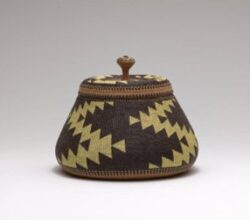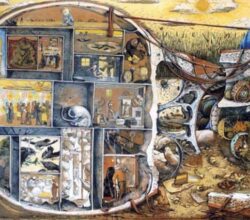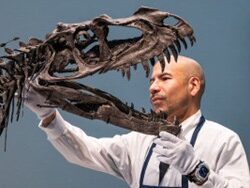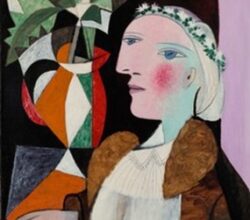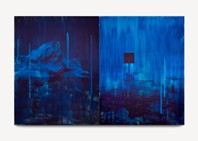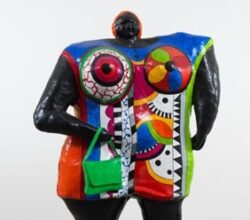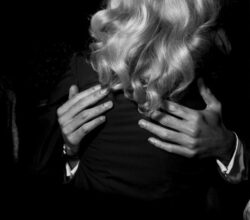
Beatriz Milhazes’s Labors of Love at the Guggenheim
Shana Nys Dambrot | The Village Voice | 20th July 2025
Milhaze loves colour and the circular form. Add to this her mash-up of Brazilian and European geometric abstraction and the resulting paintings and collages are, says one writer, a “controlled riot of form and colour”. Botanical motifs appear frequently as do textile-like patterning, all represented in the “saturated palette of tropical modernism. This work is beautiful but not contemplative. It’s optically disruptive”. Milhaze is regarded as Brazil’s most successful contemporary painter.

